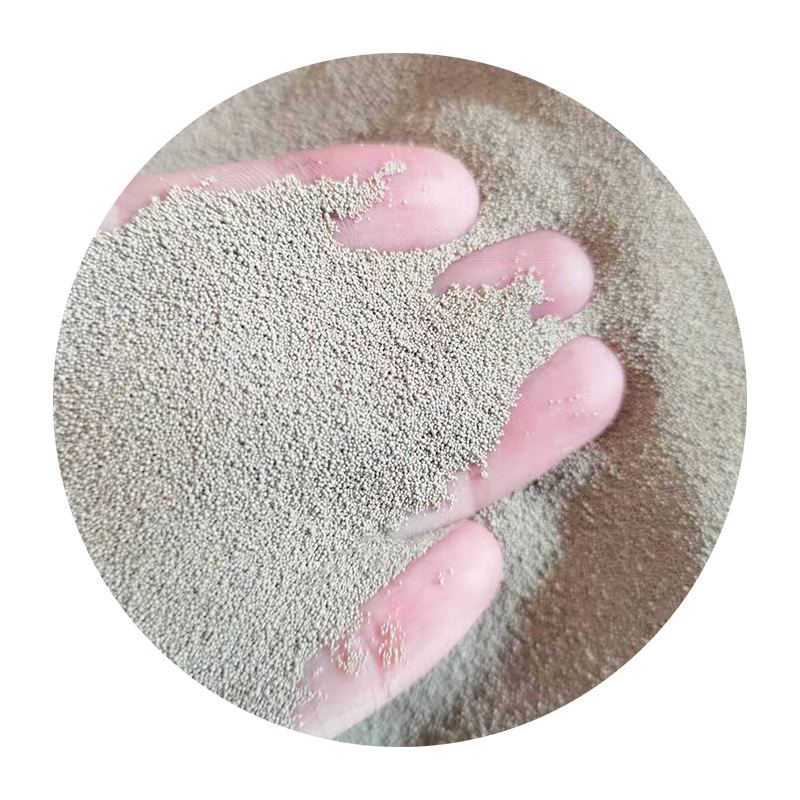 It can produce complex shapes and geometries that would be difficult or impossible with other casting methods It can produce complex shapes and geometries that would be difficult or impossible with other casting methods
It can produce complex shapes and geometries that would be difficult or impossible with other casting methods It can produce complex shapes and geometries that would be difficult or impossible with other casting methods resin sand. Moreover, the resin coating improves the surface finish and dimensional accuracy of the final product, reducing the need for post-processing.
However, the resin-sand casting process also presents certain challenges. The curing time of the resin needs to be carefully controlled, as premature or inadequate curing can affect the mold's integrity. Additionally, the disposal of spent resin-sand mixture must be done responsibly due to environmental concerns.
Despite these challenges, advancements in resin technology have led to the development of more eco-friendly resins, reducing the environmental impact of the process. Continuous research and development are focused on improving the efficiency, reducing waste, and enhancing the overall performance of resin-sand casting.
In conclusion, resin-sand casting is a crucial manufacturing technique that harmoniously combines the robustness of sand with the adhesive properties of resin. Its ability to produce intricate components with high precision makes it an indispensable tool in industries ranging from automotive to aerospace. As technology progresses, we can expect further refinements in this process, ensuring its continued relevance and utility in modern manufacturing.
Post time:Jun . 28, 2024 01:40
resin sand. Moreover, the resin coating improves the surface finish and dimensional accuracy of the final product, reducing the need for post-processing.
However, the resin-sand casting process also presents certain challenges. The curing time of the resin needs to be carefully controlled, as premature or inadequate curing can affect the mold's integrity. Additionally, the disposal of spent resin-sand mixture must be done responsibly due to environmental concerns.
Despite these challenges, advancements in resin technology have led to the development of more eco-friendly resins, reducing the environmental impact of the process. Continuous research and development are focused on improving the efficiency, reducing waste, and enhancing the overall performance of resin-sand casting.
In conclusion, resin-sand casting is a crucial manufacturing technique that harmoniously combines the robustness of sand with the adhesive properties of resin. Its ability to produce intricate components with high precision makes it an indispensable tool in industries ranging from automotive to aerospace. As technology progresses, we can expect further refinements in this process, ensuring its continued relevance and utility in modern manufacturing.
Post time:Jun . 28, 2024 01:40
Next:Resin-Coated Sand Manufacturing An In-Depth Look at the Process
